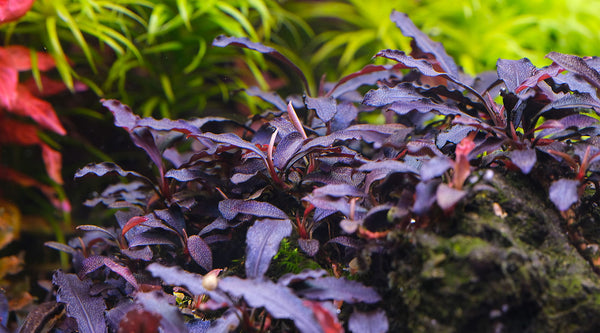Bra1799
Member
So i have encountered a problem with bba and staghorn algae. I’ve never encountered these before so please can i have some advice on how to remove. Here are the details.
All water paremeters are fine as i have checked this evening
lights running from 3pm-11pm
co2 running from 1pm-10pm
consistent 1ph drop and drop checker is lime green
dosing 5ml tropica nutrition daily
currently on water changes every 2 days
diatoms have set in but they will go.
How do i get rid of this from the plants and what do i treat it with? do i remove some and add a different species? the algae is on mostly the slow growers and hardscape.


